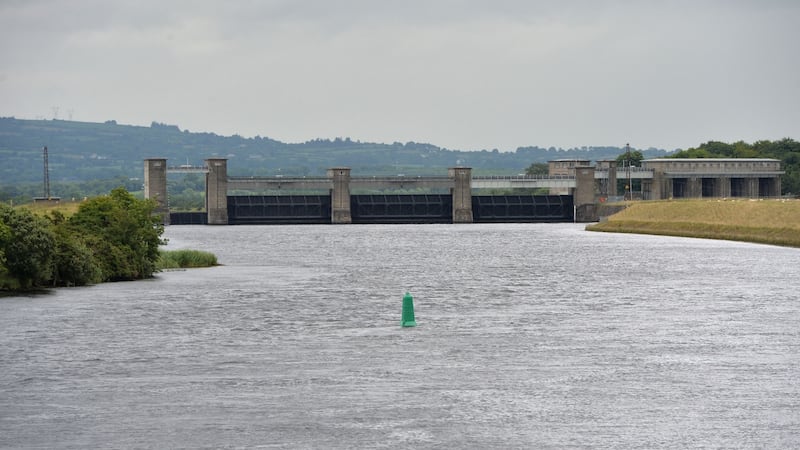Ireland, long famed for generations of turf production, is now receiving shipments of foreign peat with national reserve stockpiles said to be exhausted.
Some 3,600 tonnes of horticultural peat arrived from Latvia into Drogheda Port in Co Louth on Saturday, where it was met by a fleet of 200 trucks.
The unusual freight landed amid ongoing tensions between industry growers and the Government following the cessation of commercial peat production in the wake of a 2019 High Court ruling. A report to Government on how the situation might be resolved is due later this month.
According to Growing Media Ireland (GMI), the industry body, Saturday’s large shipment of peat completed a 3,000km journey to reach its destination, compared with an average distance of about 10km when sourced from a Westmeath bog.
“This is the first time this country has had to import horticultural peat with many scheduled shipments from the Baltic states and other EU countries expected over the coming weeks and months to supply Ireland’s horticultural sector,” GMI said.
The material is used in the production of foodstuffs, notably mushrooms, soft fruits and vegetables. Prices are now expected to increase as a result of growers’ reliance on imported material and be “inevitably passed on to consumers”, the body said.
Carbon capture
The arrival of peat produce on ships is counter to generations of history and a tradition of localised harvesting that became industrialised in the 20th century through Bord na Móna.
However, as documented in a recent Government position paper, peatlands are now placed among the world’s most important ecosystems with a critical ability to capture carbon and help regulate climate.
In 2019 a High Court ruling in response to an action taken by the Friends of the Irish Environment (FIE) group held that legal aspects of regulations governing commercial production were inconsistent with European directives on environmental impact assessments and the habitats directive.
According to GIM, the ruling meant that harvesting peat from Irish bogs greater than 30 hectares now requires the navigation of a complex multi-stage licensing and planning system, whereas other EU countries have a single system. Commercial harvesting was effectively brought to a close, it said.
At an Oireachtas Agriculture Committee appearance earlier this year, the body predicted the loss of thousands of related jobs and peat reserves running out by September.
Environmental cost
It says the cost of importing horticultural peat could be up to three times that of sourcing it domestically, not to mention environmental concerns attached to its transport.
“We estimate at least two shipments the size of what arrived in Ireland this week will be required each month to meet Ireland’s needs,” said GMI chairman John Neenan.
“It is a crazy scenario we are facing given horticultural peat is readily available and can be harvested in a sustainable, environmentally friendly manner in this country.”
As of 2018, the farm gate value of Ireland’s horticultural industry was €437 million, according to a Government assessment.
The sector is now seeking a “fair and workable” licensing system that would provide for the phasing-out of horticultural peat harvesting by 2030, when it could be replaced by alternative methods.
According to the Department of Heritage, which has responsibility for the area, a working group was established earlier this year to examine such alternatives.
A final report is expected by the end of this month.
A spokesman said senior officials from a number of Government departments, including Energy and Climate, “are working together on a suite of integrated actions to help address the short- to medium-term supply challenges”.














